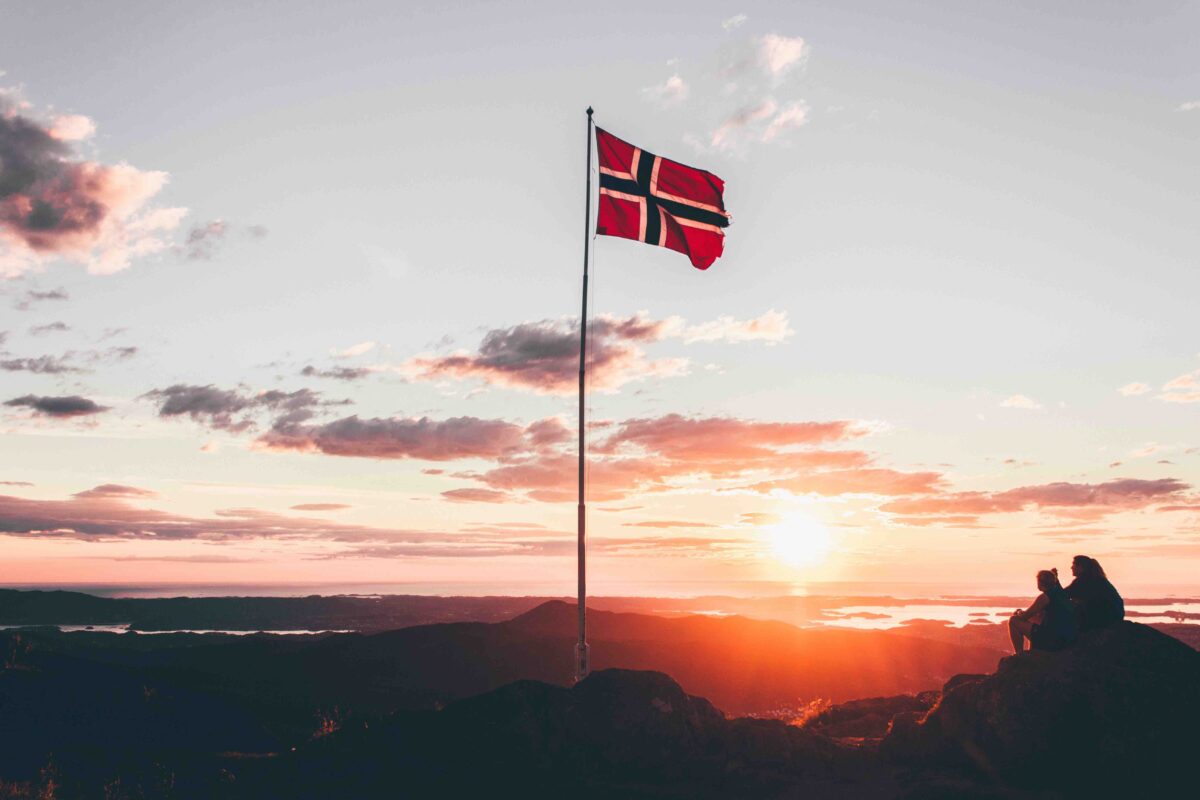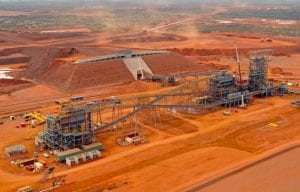The European Union (EU) is giving Fortescue’s proposed green ammonia plant in Norway €203,766,000 ($A331.5 million), but the first instalment depends on the project reaching financial close.
The EU cash is for the Holmaneset project, a 300 megawatt (MW) plant which will use hydropower to run a 280 MW alkaline water electrolyser and produce as much as 226 kilotonnes of ammonia a year.
Fortescue has approved an early investment decision and is working on the front end engineering design (FEED) study, before a final investment decision in 2025. It is one of at least five big green hydrogen or green ammonia projects being worked on by Fortescue around the globe.
If it gets that far, Holmaneset should start operations in 2027.
Fortescue will need to progress the project a lot further in order to access the EU cash, which comes from the €3.6 billion EU Innovation Fund, as the first instalment will only be paid once the project has reached financial close.
The fund is paid for by polluters paying for their emissions via the region’s emissions trading scheme, and subsidises the demonstration and commercialisation of innovative, large scale, low-carbon technologies.
The Holmaneset site is about 8km west of Svelgen in Bremanger municipality, and was chosen for its access to port and other facilities.
“The Holmaneset Project is integral to creating a new green economy for Norway and Europe at scale,” says Fortescue Norway country manager, Thor Magnus Rovik.
“The green hydrogen and green ammonia produced near Svelgen has the potential to replace fossil fuels in industries that find it difficult to cut emissions, like long-haul transport, shipping and heavy industry.
“This project will be important for Norway to achieve its ambitious targets to cut emissions and build sustainable industrial development, and those targets are crucial for overall emissions reductions across Europe.”
Fortescue is counting on green ammonia to decarbonise its own iron ore shipping needs, and during the recent COP28 climate talks in the UAE sailed, or motored, its Green Pioneer ship into the port of Dubai. The ship has two of its four engines capable of using green ammonia as its fuel source.
Long pipeline of green projects to fund
In March, Fortescue Norway secured a long term hydropower contract from Norwegian energy giant Statkraft, a deal which is conditional on the project getting finance.
Last month, Fortescue approved $1.14 billion of investment in three green projects: $550 million for its US hydrogen hub in Phoenix, Arizona, which is expected to start producing in 2026; and the remainder for a 50 MW green hydrogen project in Gladstone and the Christmas Creek green steel project in Western Australia.
Holmaneset, if it goes ahead, will be one of the largest ammonia projects of its kind in the world. But for Fortescue it is just one of a pipeline of green energy projects, which include a hydrogen and ammonia project in Brazil and the Project Chui geothermal steam to fertiliser facility in Kenya.
“The Holmaneset Project is a great opportunity for Fortescue, Norway and Europe to develop a significant green energy value chain, and its selection for funding by the EU is a recognition of its significance to global decarbonisation efforts,” says Fortescue Energy CEO Mark Hutchinson.
“Fortescue is leading the way to a future beyond fossil fuels, and we commend the EU for its leadership in joining with us to help kickstart a green ammonia industry in Norway and Europe.”
In October, Fortescue also invested in Norwegian Hydrogen’s capital raising with NOK 100 million (A$13.5 million), joining Japanese corporation Mitsui on the investor register and becoming the third largest shareholder.
The tiny Norwegian company, valued in the latest round at NOK 750 million, is on the cusp of producing green hydrogen at two different sites, a 3 MW facility that can produce 1.3 tonnes of hydrogen a day in Hellesylt which is expected to launch in 2024 and a Denmark-based project to make liquid biogas.
Its flagship project is a 270 MW plant with a 40,000 tonne capacity in Ålesund, Norway, which has so far been approved for a capacity of 20 MW.










